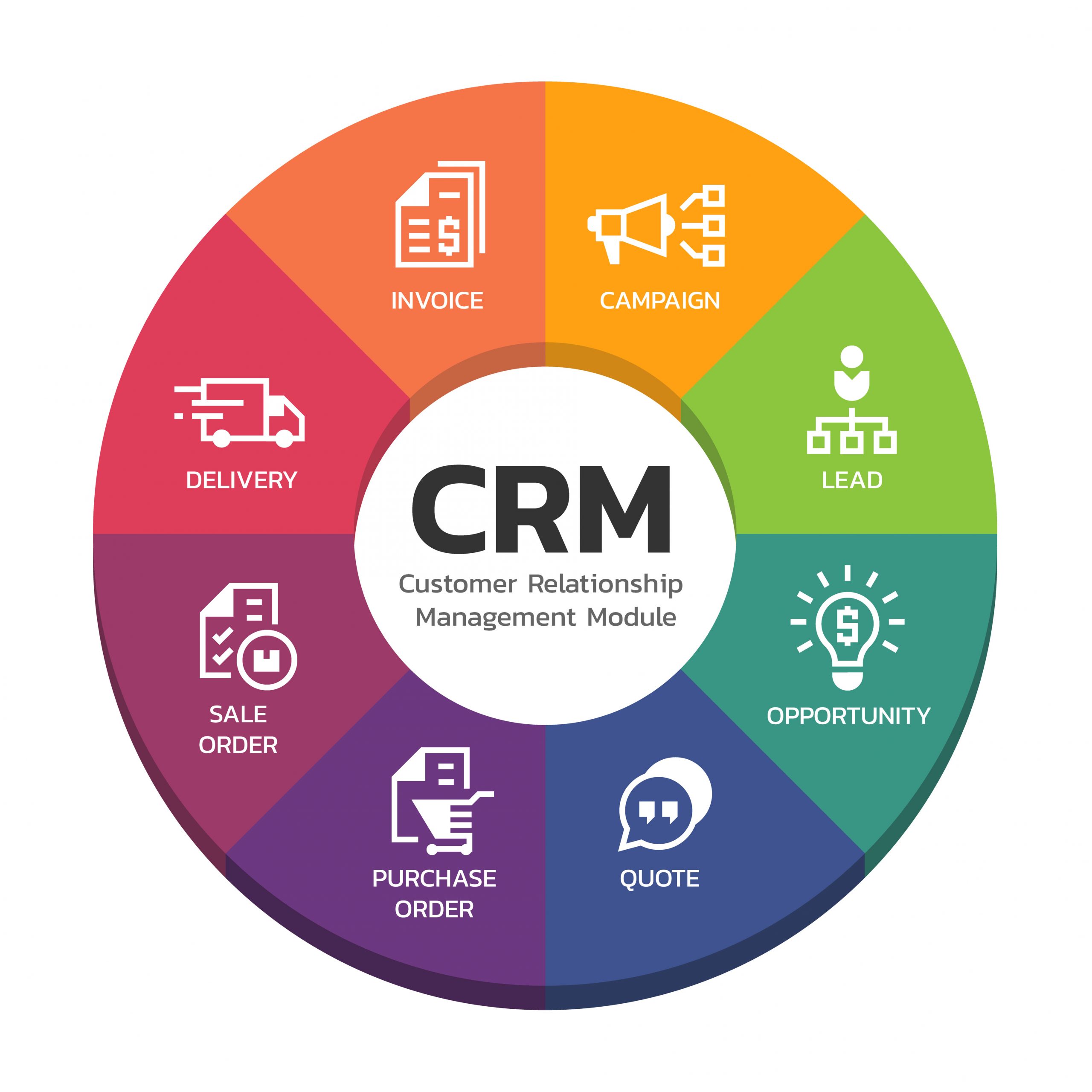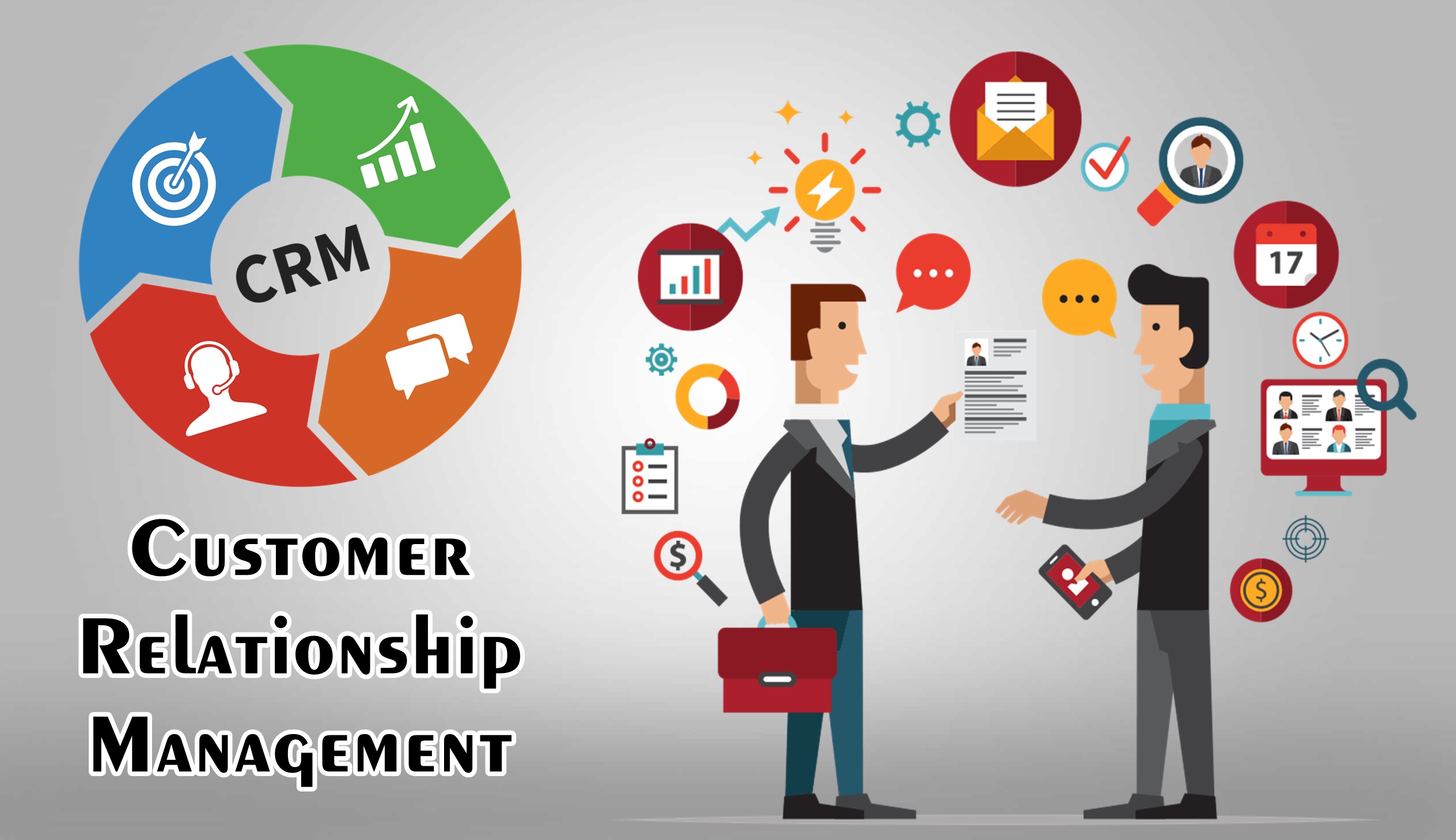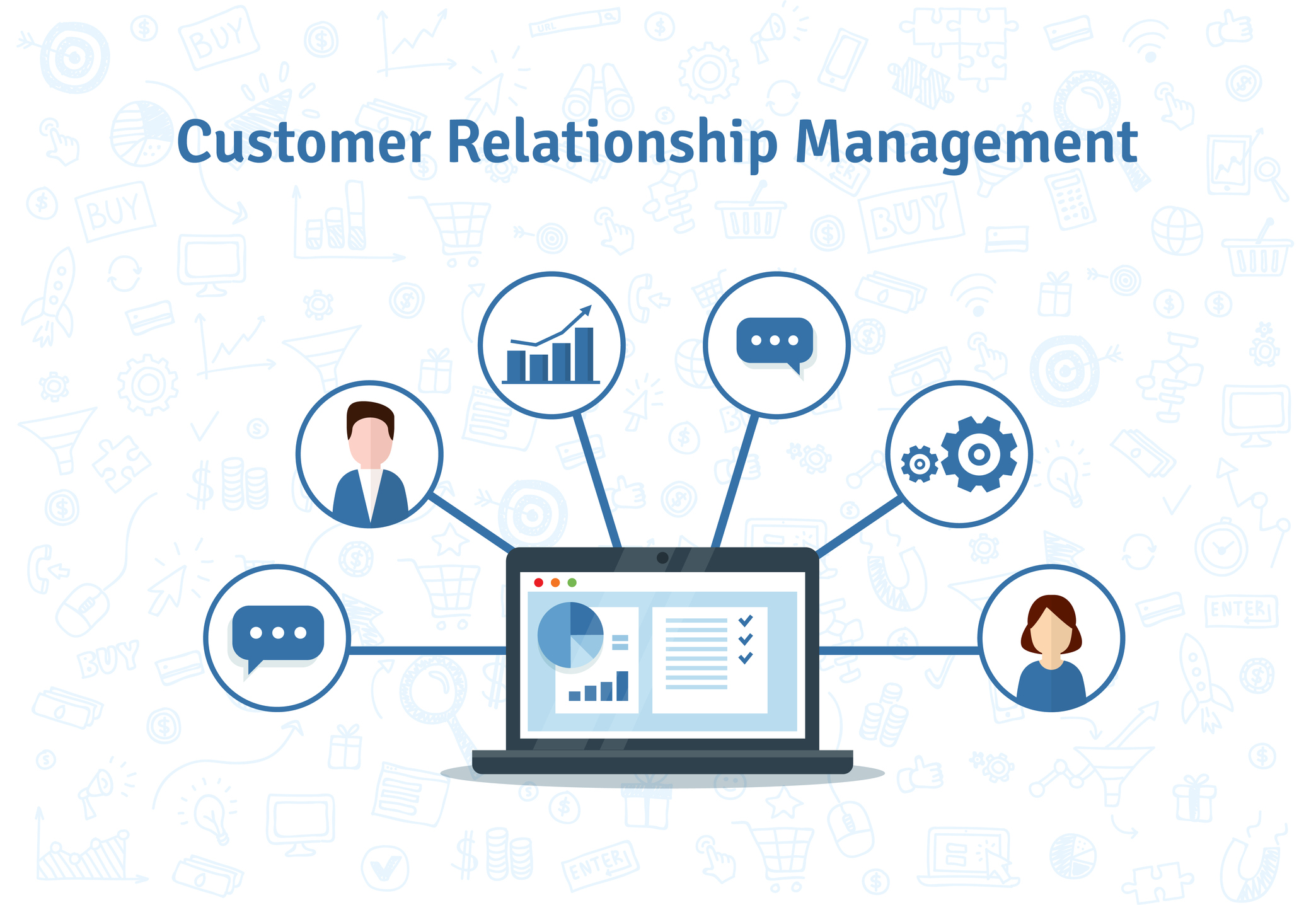Crm software customer service – In the realm of customer service, CRM software emerges as a transformative tool, empowering businesses to cultivate exceptional customer experiences. By harnessing its capabilities, organizations can streamline operations, boost efficiency, and foster enduring customer loyalty.
CRM software for customer service serves as a centralized hub, seamlessly integrating customer data, interactions, and preferences. This comprehensive platform empowers customer service representatives with the insights they need to deliver personalized and efficient support.
CRM Software for Customer Service
Customer relationship management (CRM) software plays a crucial role in enhancing customer service by providing a centralized platform for managing customer interactions and data. It empowers businesses to streamline communication, track customer history, and personalize interactions, leading to improved customer satisfaction and loyalty.
Benefits of Using CRM Software for Customer Service
- Improved communication:CRM software provides a unified platform for managing all customer interactions across multiple channels, such as email, phone, live chat, and social media, ensuring seamless communication and a consistent customer experience.
- Centralized customer data:CRM software stores and organizes all relevant customer information, including contact details, purchase history, preferences, and support interactions, providing a comprehensive view of each customer’s relationship with the business.
- Personalized interactions:CRM software enables businesses to segment customers based on their preferences, behaviors, and demographics, allowing for targeted and personalized interactions that enhance the customer experience.
- Automated workflows:CRM software can automate routine tasks such as sending follow-up emails, scheduling appointments, and generating reports, freeing up customer service representatives to focus on more complex and value-added tasks.
- Improved collaboration:CRM software fosters collaboration between customer service teams and other departments, such as sales and marketing, by providing a shared platform for sharing customer insights and coordinating efforts.
Features of CRM Software for Customer Service: Crm Software Customer Service

CRM software for customer service offers a wide range of features that can help businesses improve their customer service operations. These features include:
Centralized Customer Data
CRM software provides a central repository for all customer data, including contact information, purchase history, and support interactions. This allows customer service representatives to quickly and easily access all the information they need to provide personalized and efficient service.
Automated Workflows
CRM software can be used to automate a variety of customer service tasks, such as sending out automated responses to emails, creating support tickets, and escalating issues to the appropriate team. This can help businesses improve their efficiency and free up their customer service representatives to focus on more complex tasks.
Self-Service Options
CRM software can provide customers with self-service options, such as knowledge bases, FAQs, and online chat. This can help businesses reduce the number of support calls they receive and free up their customer service representatives to focus on more complex tasks.
Reporting and Analytics
CRM software can provide businesses with detailed reporting and analytics on their customer service operations. This information can be used to identify areas for improvement and make data-driven decisions about how to improve customer service.
Benefits of CRM Software for Customer Service

CRM software provides numerous benefits for customer service teams, leading to enhanced customer satisfaction, increased efficiency, and reduced costs.
Improved customer satisfaction results from a more personalized and streamlined customer experience. Increased efficiency comes from automated processes and centralized data, enabling faster response times and reduced workloads. Finally, reduced costs stem from improved efficiency, automated tasks, and better resource allocation.
Improved Customer Satisfaction
- Personalized customer interactions based on customer history and preferences.
- Faster and more efficient issue resolution, leading to increased customer satisfaction.
- Centralized customer data for a complete view of customer interactions and preferences.
Increased Efficiency
- Automated workflows for common tasks, such as case creation, routing, and escalation.
- Centralized data repository for easy access to customer information, reducing search time.
- Real-time visibility into customer interactions for faster and more informed decision-making.
Reduced Costs
- Reduced labor costs due to automation and improved efficiency.
- Lower training costs for new customer service representatives.
- Improved resource allocation, leading to reduced expenses.
Implementation of CRM Software for Customer Service
Implementing CRM software for customer service requires careful planning and execution to ensure a successful deployment. By following a structured approach and considering best practices, organizations can maximize the benefits of their CRM system.
Here are the key steps involved in implementing CRM software for customer service:
- Define project scope and goals:Clearly Artikel the objectives and desired outcomes of the CRM implementation. This includes identifying the specific customer service processes to be improved and the metrics to measure success.
- Select the right software:Evaluate different CRM solutions based on their features, functionality, and alignment with your organization’s needs. Consider factors such as scalability, integration capabilities, and ease of use.
- Data migration and integration:Import relevant customer data from existing systems into the CRM. Ensure data accuracy and consistency by mapping fields correctly and establishing data validation rules.
- Configure the system:Customize the CRM software to meet your specific business processes and workflows. This includes setting up user roles and permissions, defining automated tasks, and integrating with other applications.
- Train users:Provide comprehensive training to ensure that users understand the functionality and benefits of the CRM system. This helps foster user adoption and maximize the system’s potential.
- Monitor and evaluate:Regularly track key performance indicators (KPIs) to measure the effectiveness of the CRM implementation. Make adjustments as needed to optimize performance and achieve desired outcomes.
Tips for successful CRM implementation:
- Involve stakeholders throughout the process to ensure buy-in and adoption.
- Establish a dedicated project team with clear roles and responsibilities.
- Use a phased approach to minimize disruption and allow for gradual adoption.
- Provide ongoing support and training to ensure user proficiency.
- Regularly review and update the CRM system to align with changing business needs.
Best Practices for Using CRM Software for Customer Service

To optimize the use of CRM software for customer service, consider these best practices:
Creating a Customer-Centric Approach, Crm software customer service
Focus on building a customer-centric culture by aligning CRM processes with customer needs. Understand customer preferences, personalize interactions, and empower agents to resolve issues promptly.
Using Data to Improve Customer Service
Leverage CRM data to gain insights into customer behavior, preferences, and pain points. Use this information to improve service quality, identify upselling opportunities, and predict customer churn.
Measuring and Evaluating Customer Service Performance
Establish key performance indicators (KPIs) to measure customer service effectiveness. Track metrics such as average response time, customer satisfaction, and resolution rates. Regularly evaluate performance and make adjustments to improve service delivery.
Final Review
In conclusion, CRM software for customer service is an indispensable asset for businesses seeking to elevate their customer service operations. Its ability to streamline processes, enhance efficiency, and foster customer satisfaction makes it an invaluable investment for any organization dedicated to delivering exceptional customer experiences.
Essential FAQs
What are the key benefits of using CRM software for customer service?
CRM software for customer service offers numerous benefits, including improved customer satisfaction, increased efficiency, reduced costs, and enhanced collaboration.
How can CRM software help improve customer satisfaction?
CRM software empowers customer service representatives with a comprehensive view of each customer’s history, preferences, and interactions. This enables them to deliver personalized and proactive support, leading to increased customer satisfaction.
What are some best practices for using CRM software for customer service?
Best practices for using CRM software for customer service include creating a customer-centric approach, using data to improve customer service, and measuring and evaluating customer service performance.
